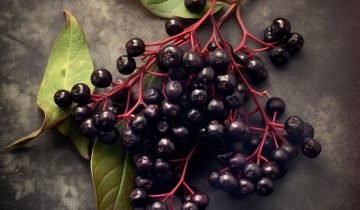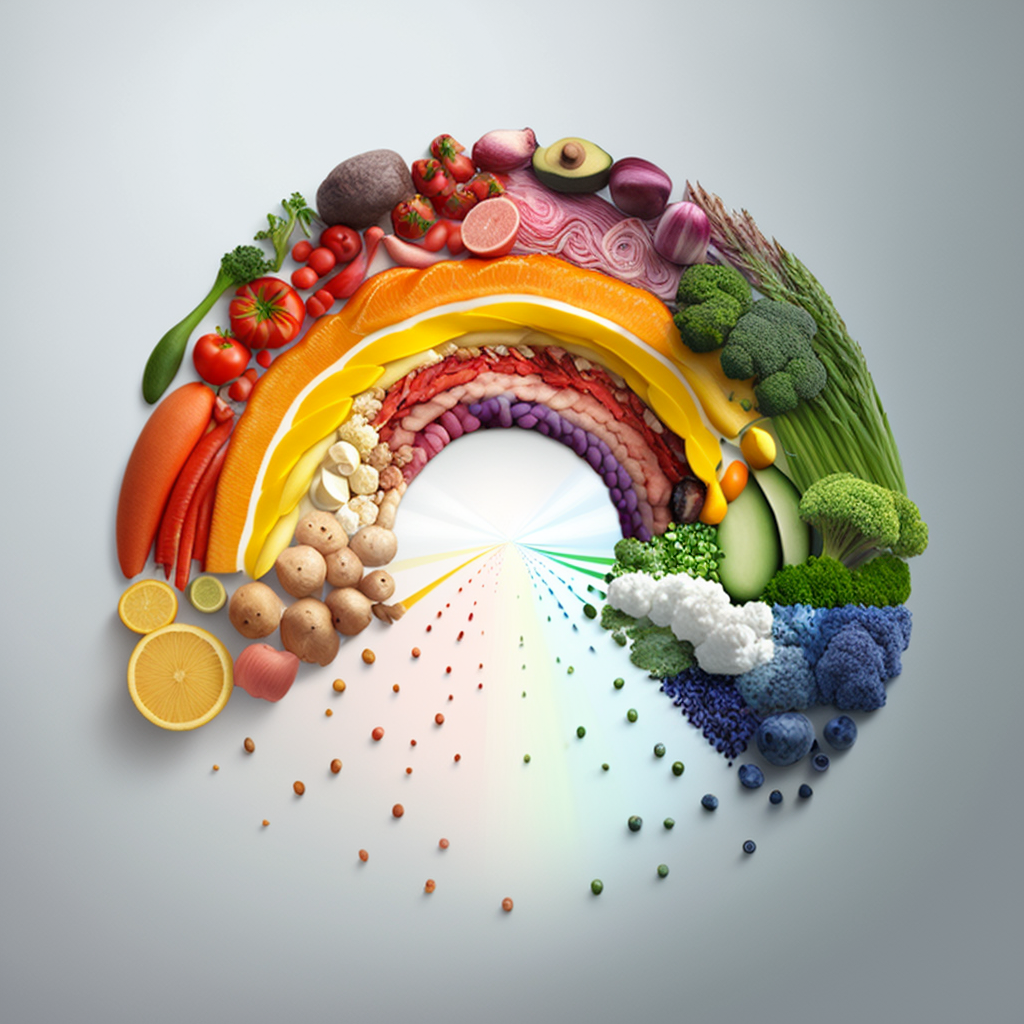In a world dominated by mass-produced and processed food, there is a hidden treasure trove of nourishment awaiting us. It lies in the realm of wild food, offering a myriad of benefits that go beyond mere sustenance. Incorporating wild food into our daily diet allows us to reconnect with nature, revitalize our health, and savor the flavors of the earth.
Rediscovering Our Roots
For thousands of years, our ancestors relied on wild food as their primary source of sustenance. They foraged for edible plants, harvested wild mushrooms, and hunted wild game. Today, we have the opportunity to revive this ancestral connection by incorporating wild food into our daily meals. By doing so, we tap into a deep sense of belonging and reconnect with our roots.
Nutritional Powerhouse
Wild food is nature’s gift of pure nutrition. These untamed delicacies are richer in essential vitamins, minerals, and antioxidants compared to their cultivated counterparts. For example, wild berries, such as blackberries and blueberries, are known to possess higher levels of antioxidants, which help fight inflammation and protect against chronic diseases. Wild greens, like dandelion greens or purslane, are packed with vitamins and minerals that support optimal health.
Diverse Flavors and Aromas
One of the most delightful aspects of wild food is the explosion of flavors and aromas it offers. Unlike commercially grown produce, wild food develops its unique taste through its natural environment, soil composition, and exposure to sunlight. Wild mushrooms, such as morels or chanterelles, have an earthy and robust flavor that cannot be replicated. Wild herbs like wild thyme or wild garlic provide intense aromatic profiles that enhance culinary experiences. By incorporating wild food into our daily diet, we unlock a world of sensory pleasures.
Environmental Stewardship
Embracing wild food is not only beneficial for ourselves but also for the planet. By foraging for wild edibles, we reduce our reliance on industrial agriculture, which often depletes the soil, requires vast amounts of water, and contributes to deforestation. Foraging wild plants, on the other hand, promotes sustainable practices, encourages biodiversity, and minimizes our carbon footprint. It is a way to support the delicate balance of ecosystems while enjoying the abundance they provide.
Emotional and Mental Well-being
Engaging with nature through the act of foraging and incorporating wild food into our daily meals has profound emotional and mental benefits. Spending time outdoors, breathing in fresh air, and immersing ourselves in natural surroundings can reduce stress, alleviate symptoms of anxiety and depression, and enhance overall well-being. The connection with the land and the simple act of gathering food fosters a sense of mindfulness and gratitude, bringing us closer to the present moment.
Culinary Creativity
Exploring the world of wild food invites us to unleash our culinary creativity. It encourages us to experiment with new ingredients, discover unique flavor combinations, and develop a deeper appreciation for the culinary arts. Incorporating wild food into our daily meals adds an element of excitement and surprise to our dining experience, making every dish a culinary adventure.
When embracing wild food, it is essential to approach it with respect and knowledge. Educate yourself about local flora and fauna, learn from experienced foragers, and ensure sustainable harvesting practices. Start small, identifying a few wild edibles that are abundant and easily recognizable. Gradually expand your repertoire and explore new flavors.
Remember to harvest responsibly, leaving enough for wildlife and future growth. If you are unsure about a particular plant or mushroom, consult an expert or use reliable resources to confirm its identity and edibility.






 No products in the cart.
No products in the cart. 